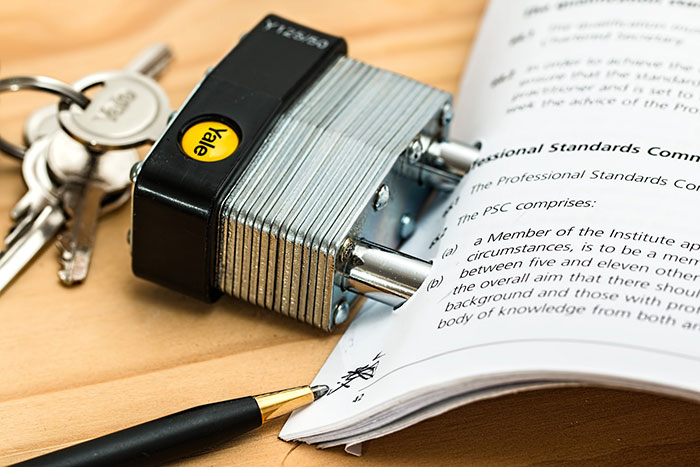c@rm3nre / October 2, 2025

Many businesses exited the COVID pandemic with a changed office model. Some organizations transitioned to an ongoing work-from-home model, some requiring employees to come back into the office as they were prior to the pandemic, and many transitioned to a hybrid work model providing employees with some flexibility to work from home. However, one thing is consistent among businesses: businesses’ footprints have changed and, in most cases, it has been reduced as an effect of changes in their work models and fewer employees being present in the office at any given time. This leaves many business owners and managers wondering how to capture the savings of a reduced footprint while their leases continue until expiration at some point in the future. This can lead to frustration as one surveys a field of empty office space. However, there may be a solution, one which my firm has begun to deploy for some of our clients with lease terms expiring anywhere from 12 to 36-months in the future….initiate a renegotiation of the terms of our clients’ leases with their landlords.
Renegotiating an office lease with the intent to reduce your company’s office footprint (square footage) and extend the lease can be a viable strategy for businesses looking to optimize their office space and reduce costs. Although there are several variables that come into play on each deal we renegotiate that makes each project unique, here are some general steps to follow in this process:
- Assess your current office space needs: Before approaching the landlord, assess your current office space needs and determine what the ideal square footage would be for your business. This may involve analyzing employee needs and utilization rates, as well as considering any changes in business strategy or operations.
- Review lease terms: Review the lease agreement to determine if there are any clauses related to renewals, extensions, or modifications. This will help you understand your options and any potential limitations or fees that may apply. I strongly suggest you engage your legal counsel and an experienced real estate professional, preferably a Tenant Representative that works on behalf of tenants exclusively each day, every day.
- Approach the landlord: Contact the landlord to discuss your intentions to reduce office footprint and extend the lease. Be prepared to provide detailed information on your current and future office space needs, as well as any financial considerations. Again, a Tenant Representative is
invaluable when entering this discussion. - Negotiate lease terms: Once you have presented your case to the landlord, work with them to negotiate the lease terms that best meet your needs. This may involve negotiating the new lease rate, modifying lease clauses, or negotiating tenant improvement allowances to help with any needed renovations. Note, the landlord has an interest in protecting their position, so don’t forget why you’re at the table: your office needs have changed, so don’t leave yourself short in meeting your revised needs.
- Sign the lease extension: Once both parties agree to the new lease terms, sign the lease extension and prepare to move forward with the new office space arrangement. Again, make certain the documentation meets your understanding of the new terms. Your attorney and real estate expert can help protect your position by simply making sure the language reflects the spirit of the deal.
Overall, renegotiating a lease to reduce office footprint square footage and extend the lease can be an effective way to optimize office space and reduce costs, but it requires careful planning and negotiation. It’s important to work closely with your professionals and the landlord to ensure that both parties are satisfied with the new lease terms and that the business is positioned for success in the future.
« Previous Next »
